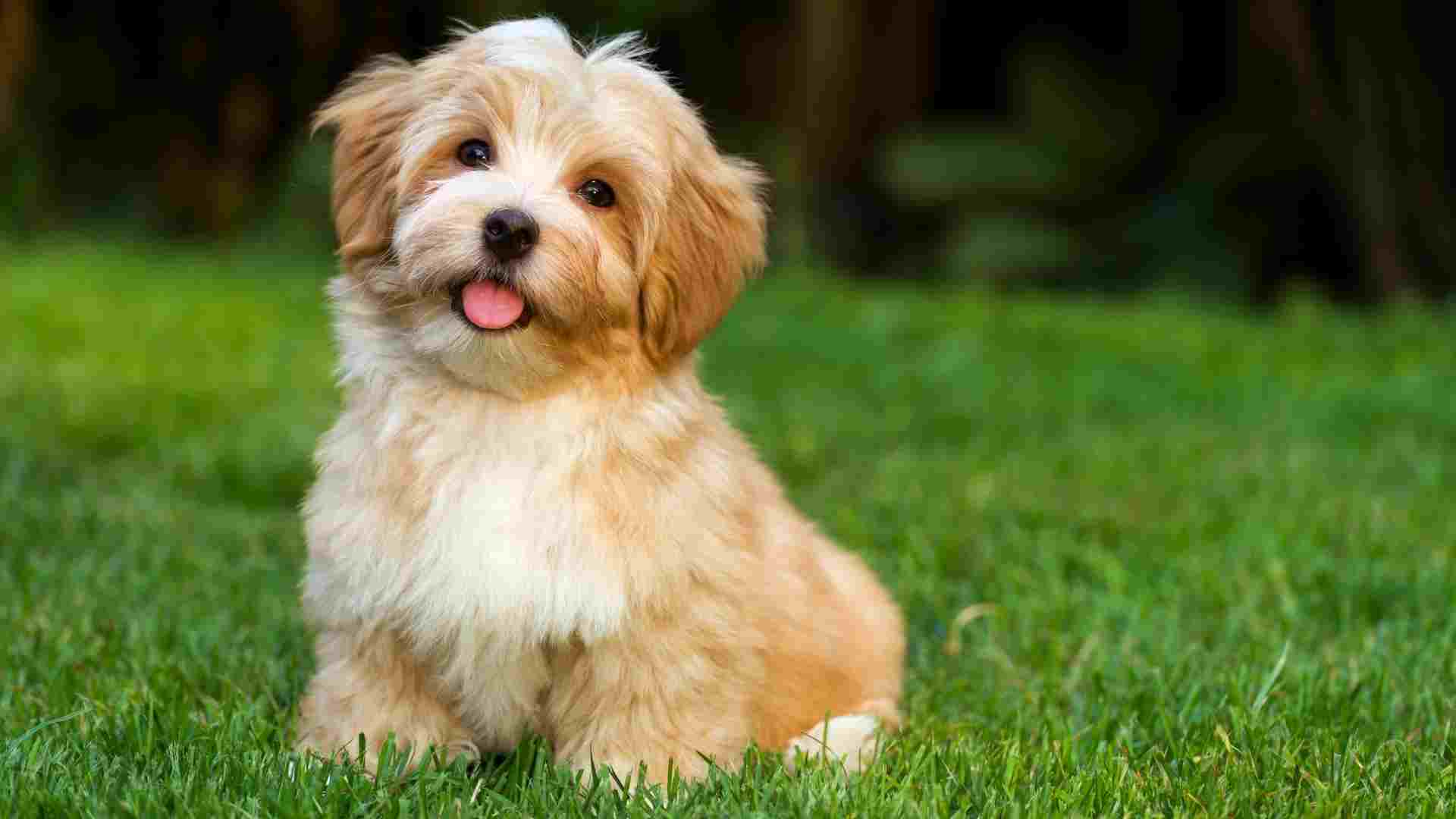Ever noticed how those irresistibly floppy ears can melt your heart—and yet hide a potential health hiccup? Turns out, pups with droopy ears are statistically more likely to face ear infections. A massive study analyzing 22,333 dogs found that 7.3% experienced at least one bout of otitis externa every year, and breeds with pendulous ears had up to 1.84 times the risk compared to pointy-eared pups.
What this means is, for every carefree scratch behind the ear, there’s a good chance moisture and debris are lingering, creating the perfect breeding ground for bacteria and yeast. Research says floppy ears evolved to funnel scent particles during hunts, but that very trait can limit airflow and trap humidity in the ear canal.
There’s good news. With a bit of awareness—and regular ear care—these charming floppy-eared companions can stay just as healthy as any other dog. When choosing a furry soulmate, especially among popular floppy-eared dog breeds, it’s worth knowing why that feature may demand extra attention. Let’s explore the healthiest ones—and how to keep those ears happy.
Healthiest Dog Breeds with Floppy Ears
Here are the 7 most popular dog breeds:
1. Great Pyrenees
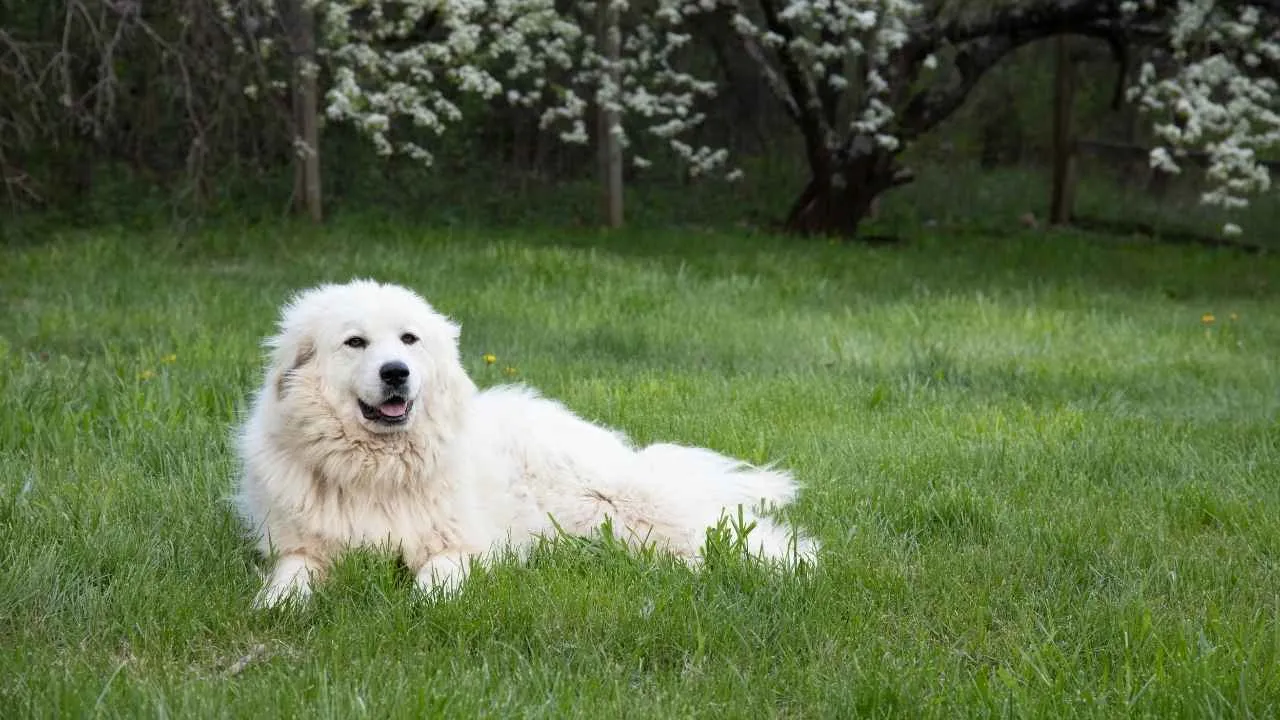
When it comes to healthy dog breeds, the Great Pyrenees often flies under the radar. These floppy-eared dogs were originally bred to endure harsh mountain climates and protect livestock with minimal human intervention.
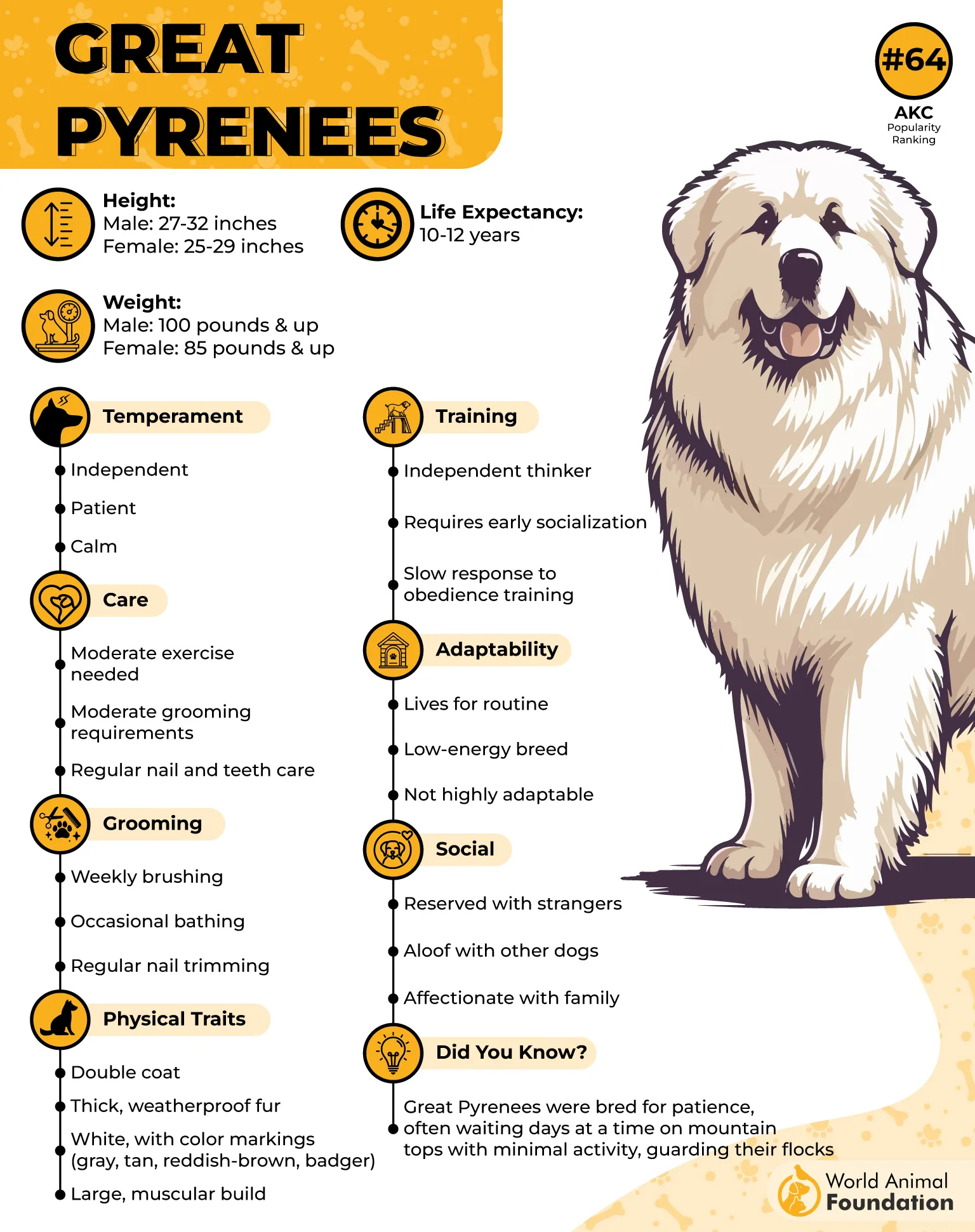
Their droopy ears, carried low and close to the head, are not just a hallmark of their elegant appearance—they’re also surprisingly low maintenance. With their calm temperament, sturdy frame, and steady health record, the Great Pyrenees stands tall, both literally and figuratively.
-
Coat & Grooming: Dense double coat that sheds year-round; requires brushing to manage tangles and reduce loose fur.
-
Weather Affinity: Loves snow; happiest in colder climates and may overheat in warmer ones.
-
Barking: Deep, booming bark—great for alerts, but can be excessive without training.
-
Size & Build: Broad chest, muscular frame, with trademark double dewclaws on hind legs.
-
Health Considerations: According to PetMD, they are prone to hip dysplasia and progressive retinal atrophy; regular vet checks are key.
|
Trait |
Description |
|---|---|
|
Group |
Working dog |
|
Size |
Large (85–160 lbs) |
|
Energy Level |
Moderate – enjoys long walks, not hyper |
|
Ears |
Floppy, V-shaped, low set |
|
Drooling |
Moderate to high |
|
Grooming Needs |
High–daily brushing recommended |
|
Best For |
Families with space and cold climates |
|
Common Health |
Retinal atrophy |
|
Training Focus |
Socialization, bark control, boundary work |
2. Poodle
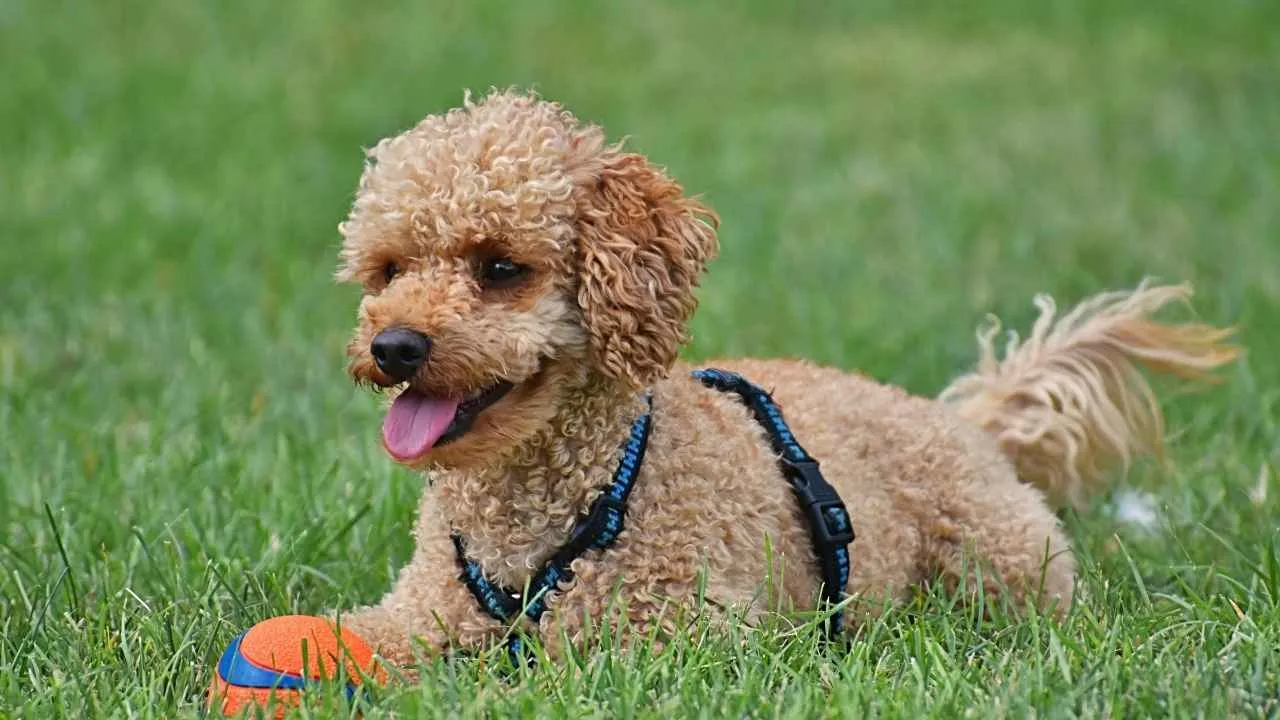
The Poodle consistently earns its place at the top. Whether Standard, Miniature, or Toy, these dogs are celebrated not just for their looks, but for their longevity, low-shedding coats, and sharp minds.
Originally bred as water retrievers, their drooped ears and agile bodies made them ideal for working in and around lakes and rivers.
Today, their floppy ears, lively gait, and allergy-friendly coats make them excellent family dogs for both active households and urban apartments.
According to Hillspet, their long lifespans—often reaching 12 to 15 years or more—make them a great pick for anyone looking for a healthy, long-term companion.
-
Coat & Grooming: Dense, curly hypoallergenic hair that needs regular trimming; great for allergy-sensitive pet parents.
-
Activity Needs: Very active and thrives on daily exercise, training sessions, and games that challenge the mind.
-
Size Range: Comes in three sizes (Standard, Miniature, Toy), all sharing the same elegant structure and athletic build.
|
Trait |
Description |
|---|---|
|
Group |
Non-Sporting dog (Standard), Toy, Companion |
|
Size |
Varies: Toy (<10 lbs), Miniature, Standard (up to 70 lbs) |
|
Energy Level |
High–needs structured exercise and play |
|
Ears |
Long, floppy, dropped close to the head |
|
Grooming Needs |
High, Regular trims to maintain coat health |
|
Best For |
Active families, allergy sufferers |
|
Common Health |
Joint issues, retinal atrophy, allergies |
|
Training Focus |
Obedience, agility, puzzle games |
3. Chihuahua
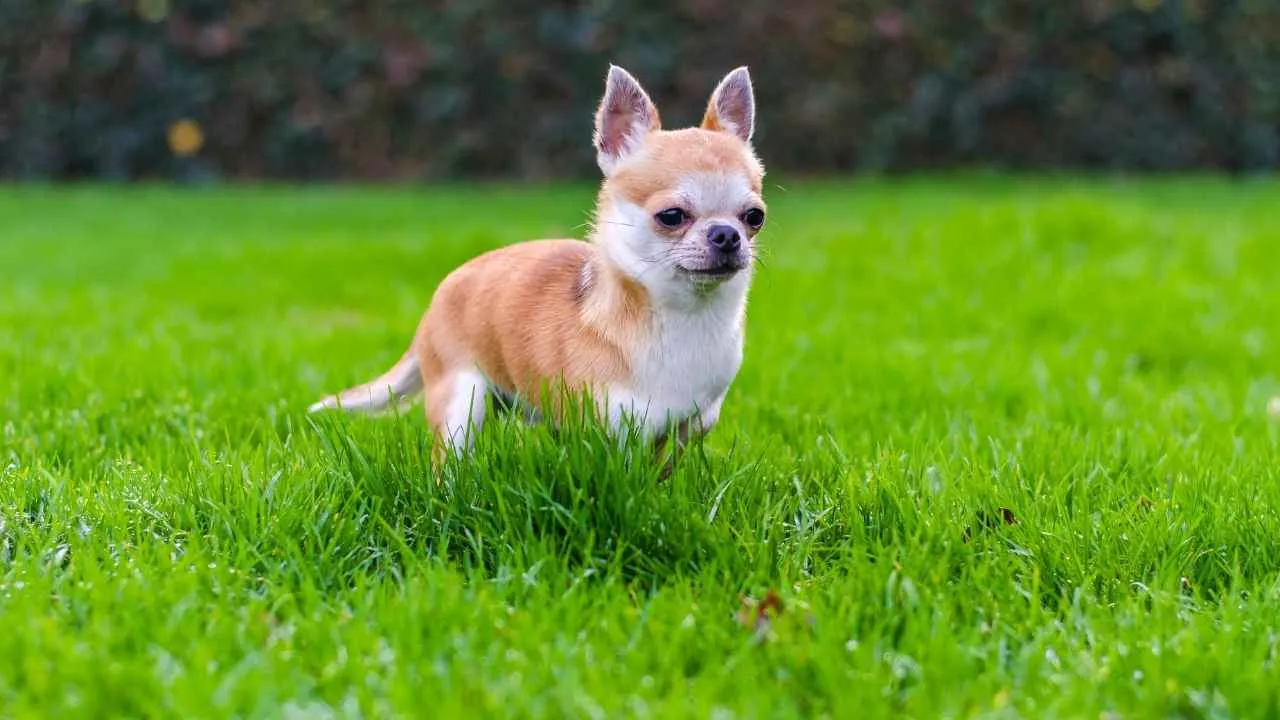
The Chihuahua may be one of the smallest recognized dog breeds, but it’s packed with personality and surprising health resilience.
While most are known for their upright ears, floppy-eared Chihuahuas do exist, especially in the early stages of development or due to variations in genetics. As a toy breed, their size makes them easy to carry, easy to cuddle, and ideal for apartment living.
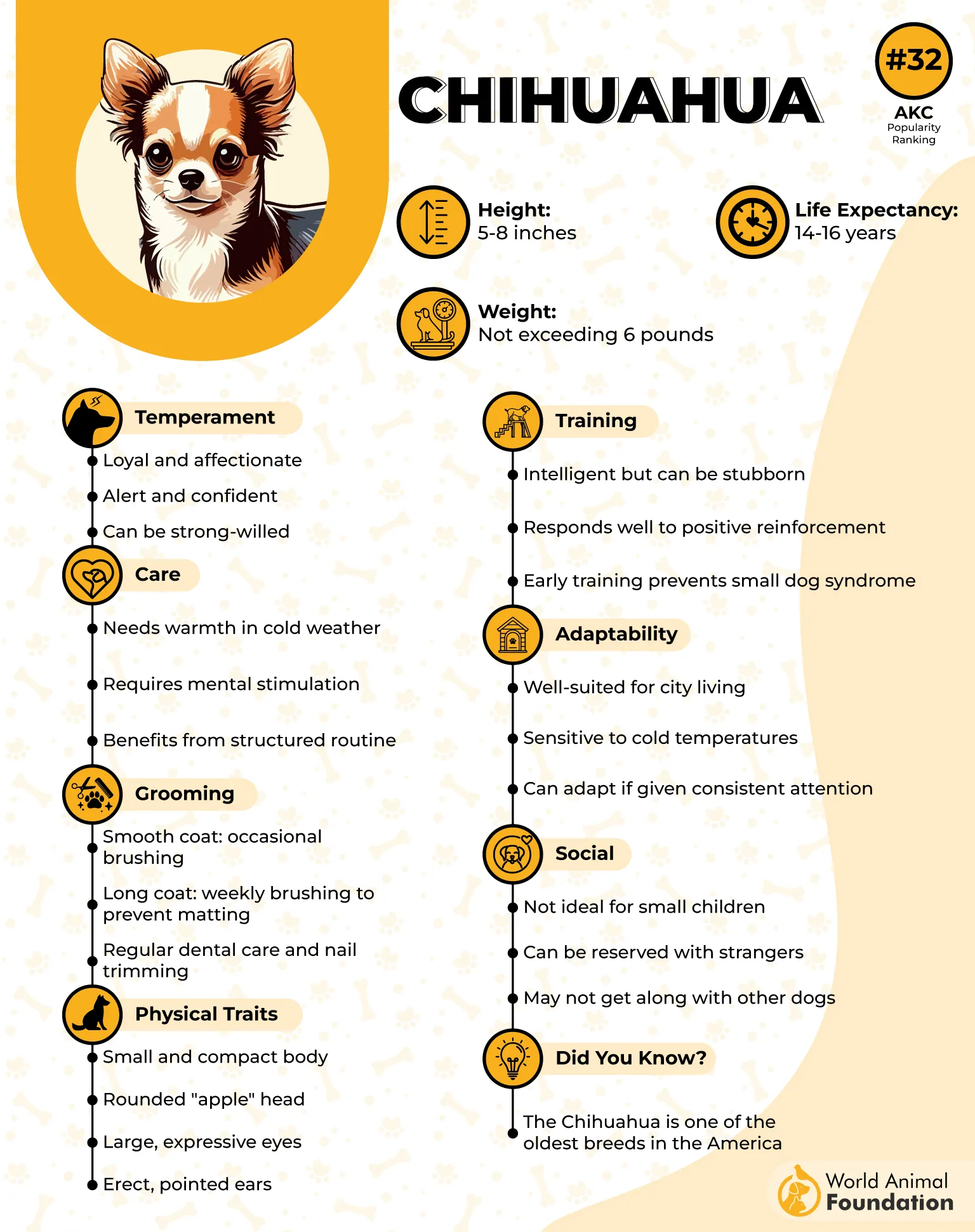
They are quick learners, eager to please, and thrive on positive reinforcement. Their petite frame does mean extra attention is needed when it comes to joint and dental health, but overall, they’re considered one of the healthiest small dogs around.
-
Temperament: Confident, charming, and known for being a loyal breed that bonds deeply with one person.
-
Coat & Features: Can be short-haired or long-haired; also vary in apple-head or deer-head skull shapes.
-
Watchdog Ability: Their alertness and quick reactions make them excellent early-warning systems.
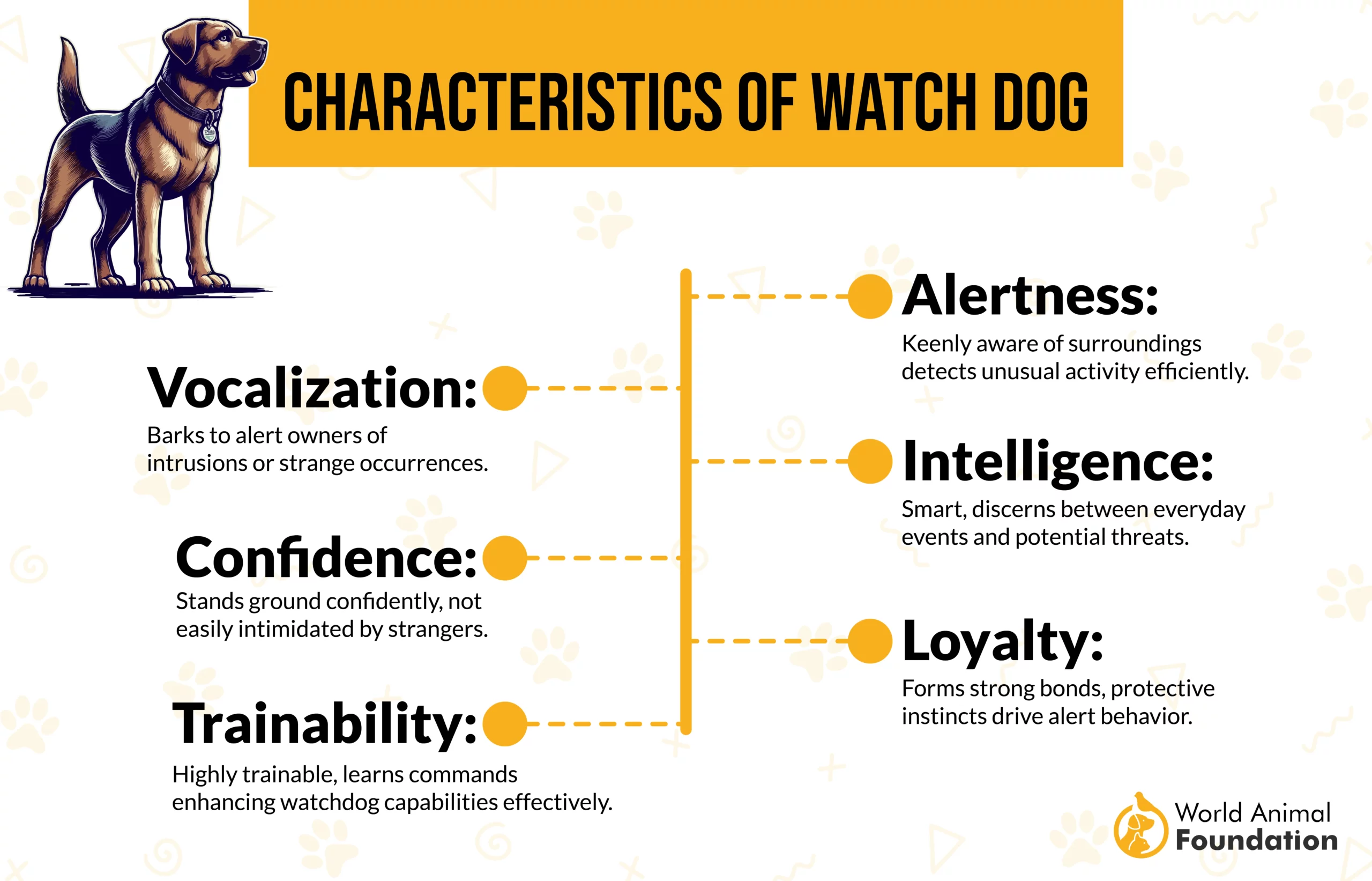
|
Trait |
Description |
|---|---|
|
Group |
Toy group |
|
Size |
Very small (3–6 lbs) |
|
Energy Level |
Moderate – enjoys short play sessions |
|
Ears |
Typically erect, floppy, or long ears |
|
Grooming Needs |
Low to moderate – depends on coat type |
|
Best For |
Small homes, seniors, and city living |
|
Common Health |
Dental issues, joint problems, trachea |
|
Training Focus |
Socialization, basic commands, gentle handling |
4. Havanese
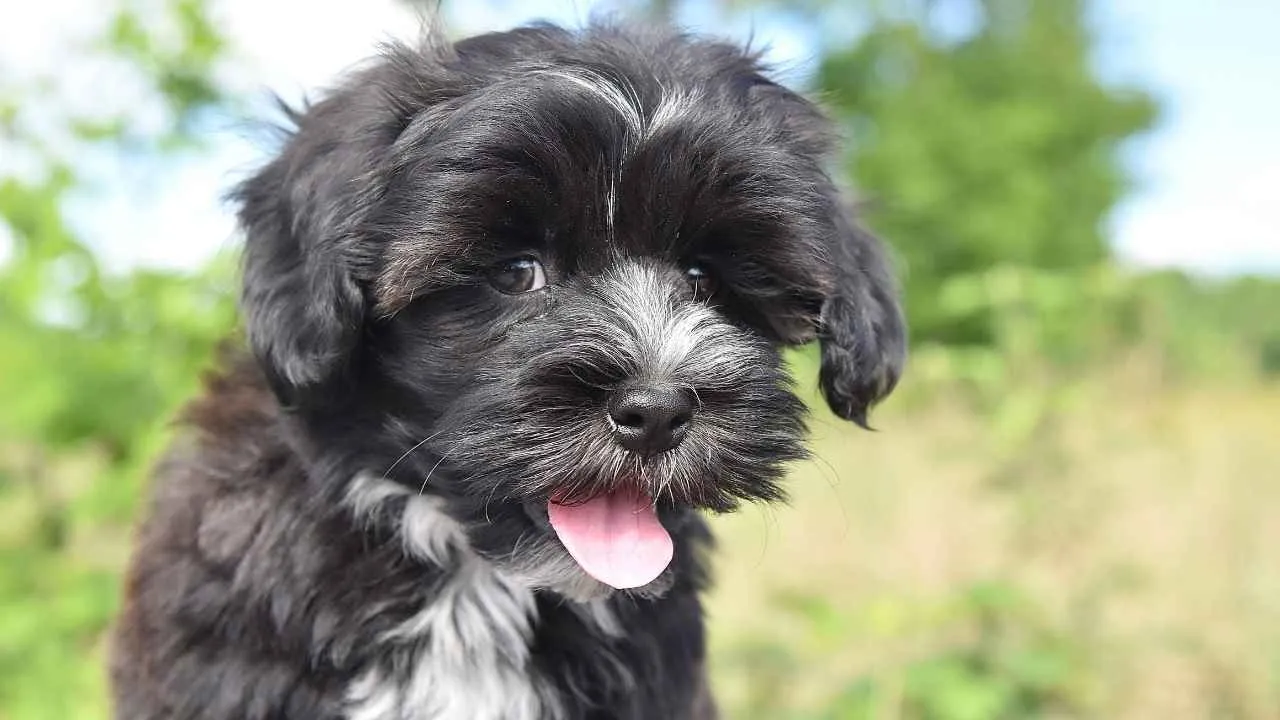
As the National Dog of Cuba, this spunky breed was once the prized lapdog of Cuban aristocracy, gifted to diplomats and adored for its charming presence and floppy, low-set ears. While they may look like living plush toys, Havanese are sturdy, intelligent, and incredibly adaptable.
These small dogs rarely suffer from serious genetic health issues and are known for their long, vibrant lifespans. They bond closely with their humans, making them great family dogs and loyal companions alike.
Their silky, flowing coats require regular grooming, but they shed very little, which makes them a win for allergy-conscious pet parents.
-
Coat & Grooming: Long, soft, and often wavy; coat can be clipped, corded, or left natural with brushing to prevent tangles.
-
Gait: Known for their unique, bouncy stride that makes them look like they’re prancing.
-
Size & Build: Compact and light-boned, yet surprisingly sturdy and athletic.
|
Trait |
Description |
|---|---|
|
Group |
Toy Group |
|
Size |
Small (7–13 lbs) |
|
Energy Level |
Moderate – enjoys regular exercise and play |
|
Ears |
Soft, floppy, dropped close to the head |
|
Grooming Needs |
High – needs frequent brushing or trimming |
|
Best For |
Families, apartment dwellers, allergy-aware owners |
|
Common Health |
Hip dysplasia, cataracts, and deafness |
|
Training Focus |
Socialization, positive reinforcement |
5. Japanese Chin
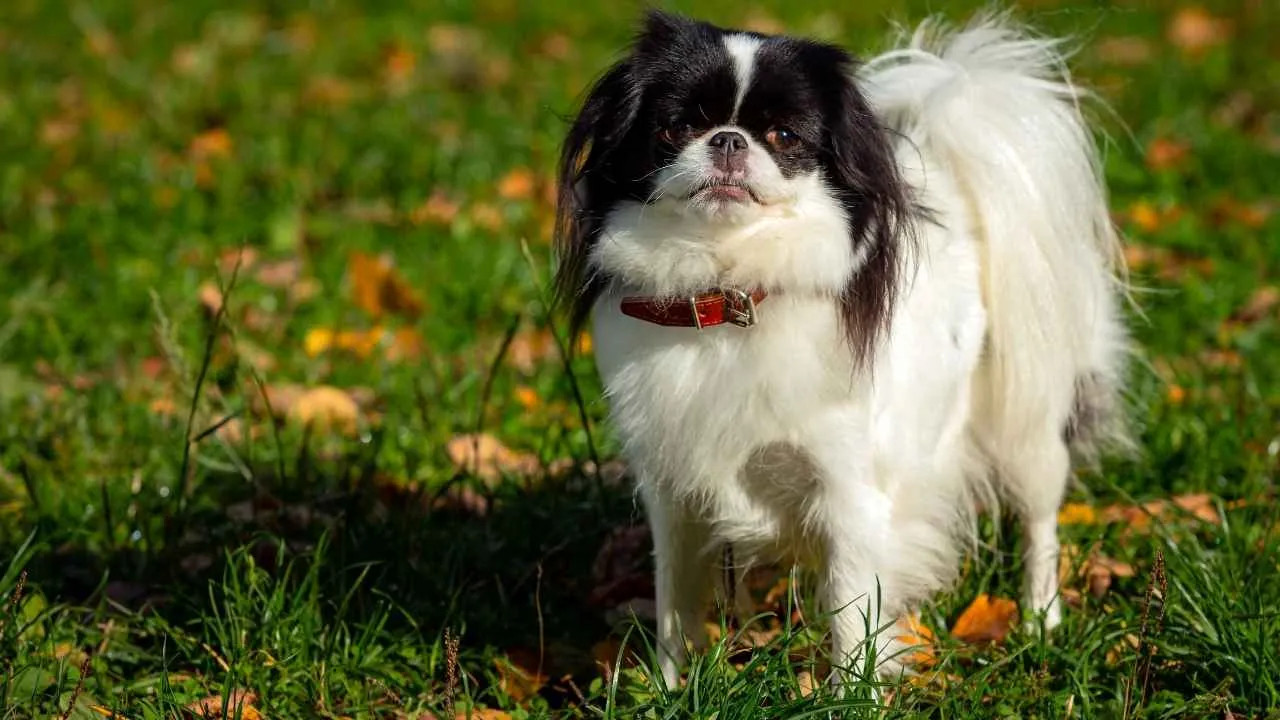
The Japanese Chin is a standout among dogs with floppy ears, combining refined looks with an oddly cat-like personality. According to the American Kennel Club (AKC), this small breed has a long history as a royal lapdog in Japan, favored for its calm demeanor, distinctive appearance, and surprising independence.
What sets the Chin apart isn’t just its lush, silky coat or that signature “look of astonishment”—it’s their quirky, feline-like behavior. They’re known to perch on furniture backs, quietly observe their surroundings, and even self-groom.
While not typically vocal, they’ll let you know when someone’s at the door. And it might surprise you with the occasional bout of reverse sneezing, a harmless quirk unique to some flat-faced breeds.
-
Temperament: Gentle, reserved, and affectionate; they form strong bonds with their people but are content to spend time alone.
-
Coat & Grooming: Straight, flowing coat that requires weekly brushing to stay smooth and mat-free.
-
Ear Shape: Feathered, floppy ears that frame their expressive, round eyes.
-
Activity Needs: Low to moderate; enjoys lounging but will play in short bursts.
-
Size & Build: Small and light, yet balanced; square body with a large head and wide-set eyes.
6. Maltese
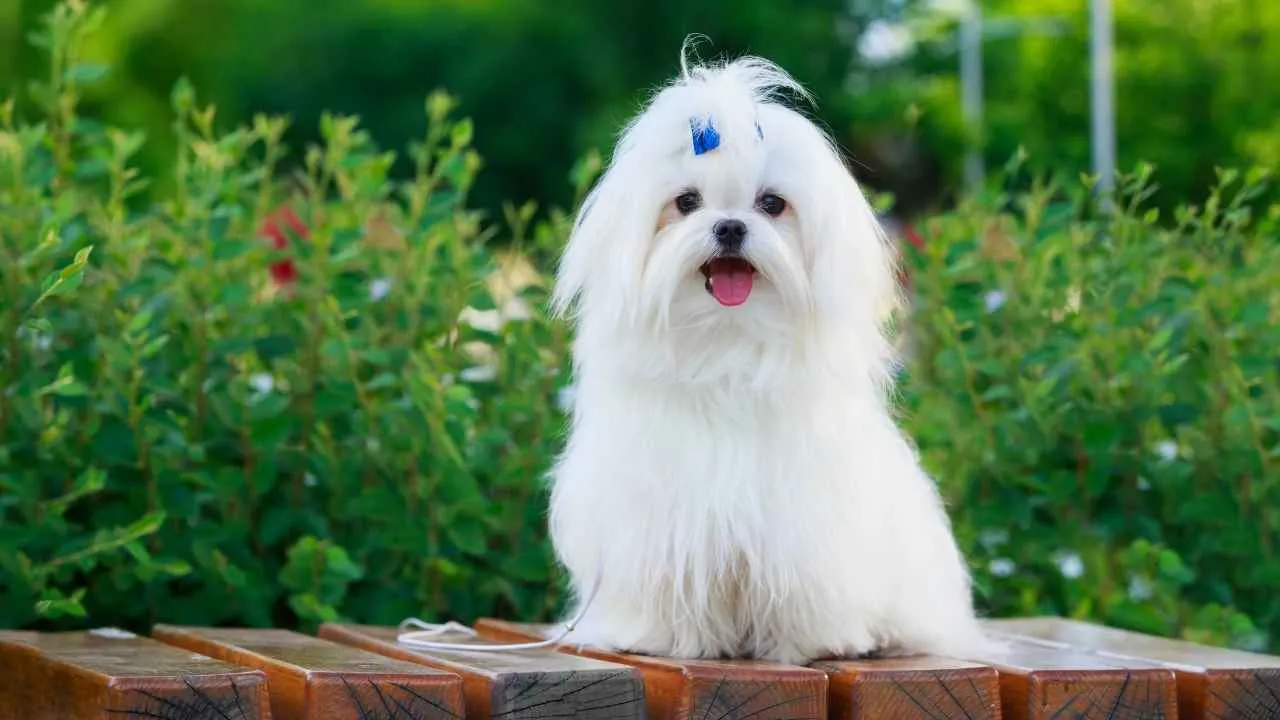
The Maltese is a prime example of the most ancient dog breeds that combines charm with impressive vitality. With a lineage that stretches back over 2,000 years to the island of Malta, this little white dog was once favored by aristocrats and even featured in ancient Greek art.
One of the most distinctive features of the Maltese is its small floppy ears, which frame a bright, alert face. Their silky coat, free of an undercoat, sheds very little, making them ideal for allergy-conscious homes.
-
Temperament: Affectionate and lively, though they can be snappy if not properly socialized, especially with young children.
-
Noise Level: Known to bark if left untrained or bored; early training can manage this.
-
Size & Structure: Tiny yet sturdy; short legs, compact frame, and a tail that curves elegantly over the back.
| Trait | Description |
|---|---|
| Group | Toy Group |
| Size | Very small (under 7 lbs) |
| Energy Level | Moderate – thrives on play and short walks |
| Ears | Small, floppy, framed in silky hair |
| Grooming Needs | High – requires brushing |
| Best For | Adults, allergy-sensitive homes, lapdog lovers |
| Common Health | Dental problems, tear staining, and patellar issues |
| Training Focus | Bark control, socialization with children |
7. Bolognese
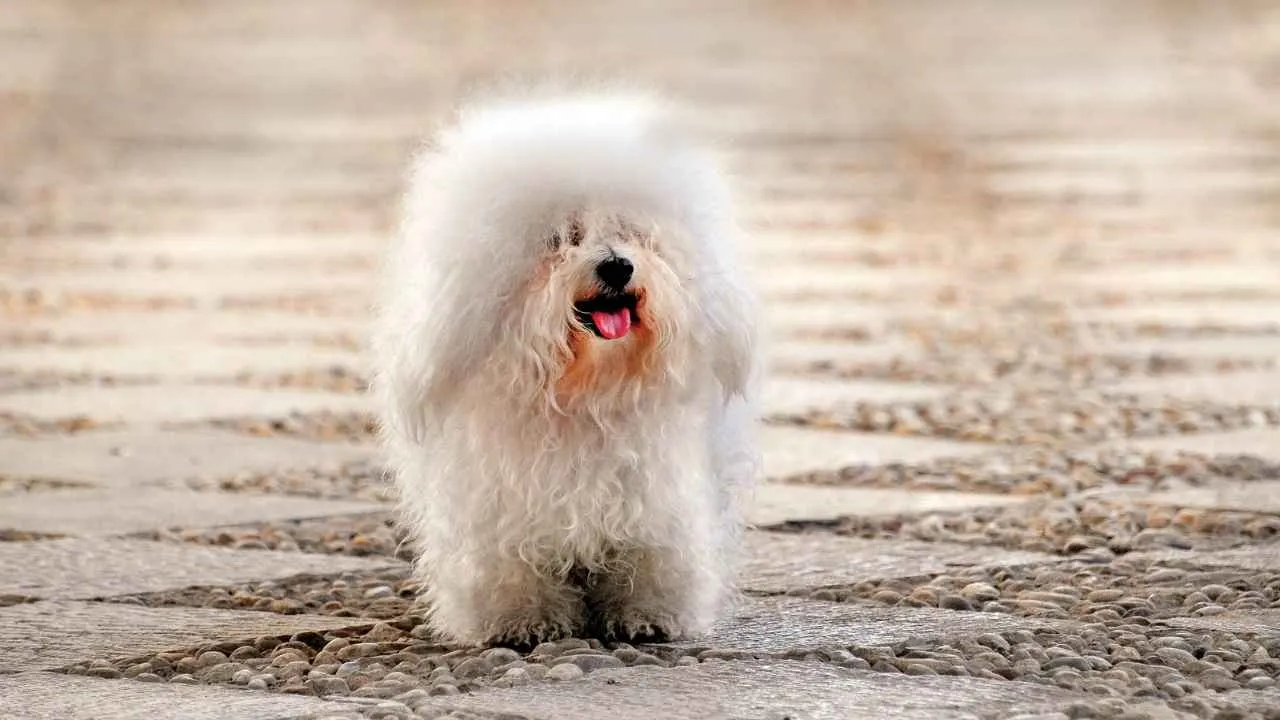
The Bolognese is a fluffy little treasure that traces its lineage back to Italian aristocracy. A favorite of Renaissance nobility and frequently featured in historic paintings, this low-energy breed is both elegant and easy to live with.
Though less well-known than many breeds, the Bolognese is gaining popularity for its teddy-bear look, compact size, and surprisingly resilient health.
With no undercoat and a woolly, curly coat that sheds slowly—more like human hair than fur—this breed is perfect for pet owners looking to avoid constant vacuuming.
They don’t need intense exercise and thrive in quiet households. Their floppy ears, framed in soft curls, add to their sweet and expressive appearance.
-
Coat & Grooming: Single coat with soft curls; doesn’t shed traditionally, but needs regular brushing to avoid matting.
-
Activity Needs: Very mild; daily play and short walks are enough to keep them content.
-
Size & Structure: Small and square-bodied; stuffed-animal appearance.
| Trait | Description |
|---|---|
| Group | Toy Group |
| Size | Small (5.5–9 lbs) |
| Energy Level | Low |
| Ears | Soft, dropped floppy ears |
| Grooming Needs | Moderate – regular brushing, no intense shedding |
| Best For | Seniors, singles, quiet homes |
| Common Health | Dental care, rare genetic conditions |
| Training Focus | Socialization, gentle commands |
Conclusion
Floppy ears may be one of the most adorable features a dog can have, but when it comes to a dog’s ears, function and form go hand in hand. While those soft, droopy lobes add undeniable charm, they also need a bit of extra attention to stay healthy. With regular grooming and proper care, it’s possible to avoid ear infections and keep your pup feeling their best.
It’s also worth remembering that many active dogs with floppy ears benefit from routine mental stimulation, daily movement, and plenty of interaction with their people.


